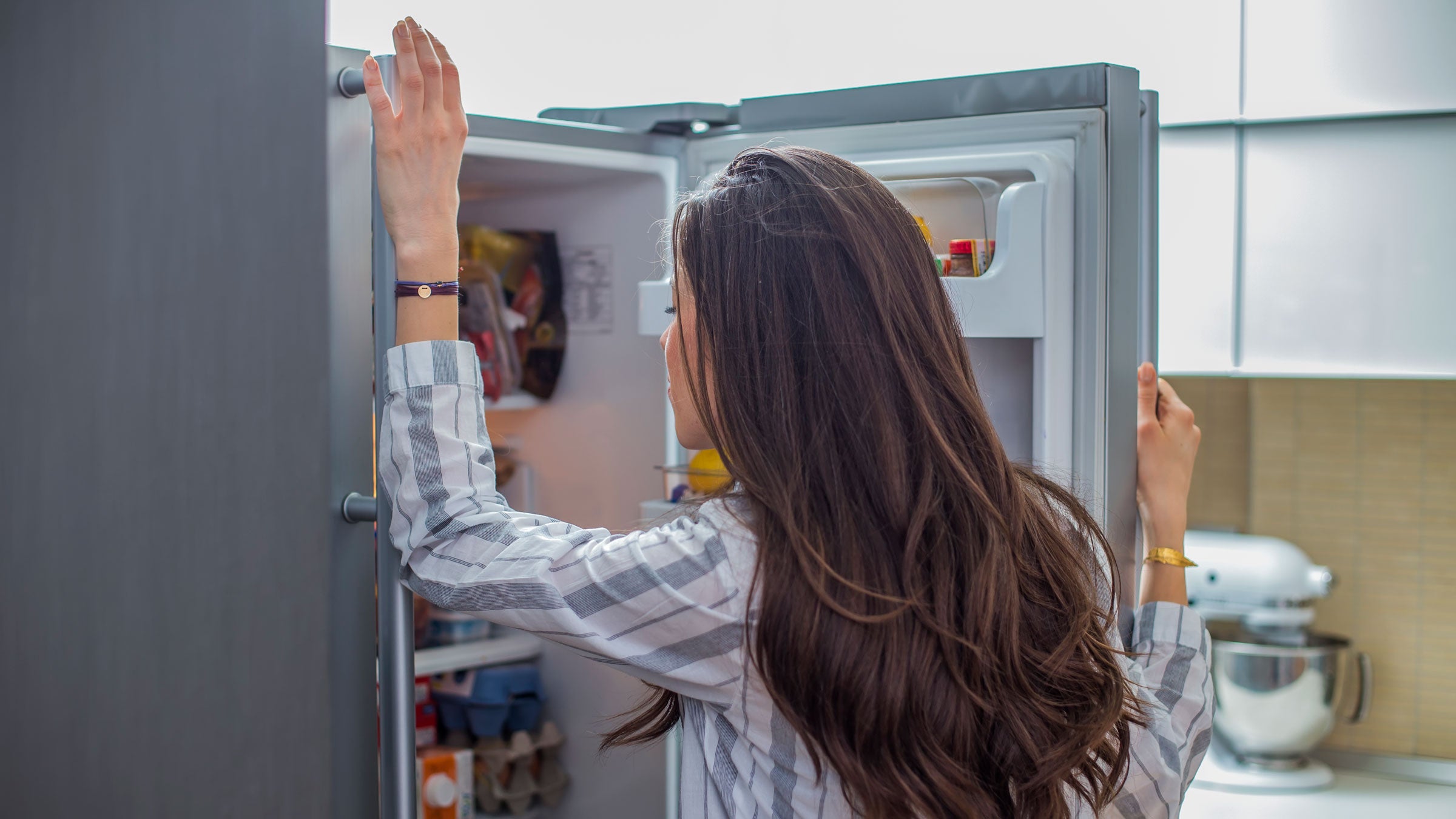There’s nothing quite like digging into a stack of pancakes or a breakfast burrito after a hard workout. Whether you’re training for that upcoming half marathon or hitting the pickleball court with friends, you’re probably used to craving a big, post-shower meal. But if you find yourself rifling through the fridge even more on your rest days, you may be a little confused as to what’s spiking your appetite.
Rest-day hunger is completely normal, says , a registered dietitian who works with a range of athletes. “It’s important to remember that what you eat on rest days will fuel your next workout and training day,” she says. Having your fill of nutrient-dense foods , protects your bones, promotes cognition, and . “These bodily systems are at work whether you’re in the gym or resting at home and need to be nourished appropriately,” she says.
That said, understanding why your stomach grumbles more than usual on rest days may help you fuel correctly so that tomorrow’s run, hike, or climbing adventure is even better.
5 Reasons Why You May be Hungrier on Rest Days
1. Your metabolism is working overtime to help you recover from yesterday’s workout
If you challenged yourself to a strenuous workout yesterday, chances are that your body just needs a minute to catch up. “On training days, an athlete typically expends more energy through physical activity,” McIntyre says. “On rest days, however, they due to the body’s need to repair and rebuild muscle tissue, which can increase hunger levels.”
2. You have more free time
“Athletes are often used to following a strict routine on training days, including structured meal and snack times,” McIntyre says. “On rest days, they may be less active and have more free time, which can disrupt their routine and lead to more frequent snacking or eating larger meals.”
3. You’re not hydrating enough
It’s easy to remember to chug a glass of water after a grueling ride. It’s a bit harder to do the same when you’re just, say, chilling on the couch. “Athletes may become dehydrated on rest days, if they’re not as vigilant about drinking enough water as they are on training days,” McIntyre explains. Thirst cues can be mistaken for hunger cues, so make sure you’re drinking plenty of H2O while you snack.
4. Your body is compensating for insufficient nutrition on other days
Under-fueling on your training days may cause your body to crave more food when you hit the brakes. “It’s important for athletes to listen to their bodies and fuel appropriately on both training and rest days.,” McIntyre says. “This may involve adjusting their calorie intake and meal timing to meet their changing energy needs.”
5. You’re noticing your hunger more
“Increased hunger on rest days may not be increased at all, but rather more notable and possibly uncomfortable if you’ve suffered from disordered eating or eating disorders in the past,” McIntyre says. If you’re feeling any guilt about filling your plate on your day off, it’s important to remember that you don’t need to “earn” food. Instead, focus on nourishment and replenishment. Feeling negative emotions around eating or that you need to exercise to “earn” food
“Fueling the body for work, play, and rest are all equally important, and if an athlete feels a regular tendency to restrict, speaking with a registered dietitian and mental health clinician should be the next step to gain clarity and support,” she adds.
How to Fuel Properly on Rest Days
You can trust that your body will tell you what it needs on those recovery days. However, for some additional guidance, keep these nutritional principles in mind.
1. Prioritize high-protein foods
Protein helps you build muscle and may help from all those push-ups and burpess. McIntyre advises her clients to reach for foods such as eggs, dairy, nuts and seeds, fish, tofu, and tempeh. “Most adult athletes and highly active individuals need 0.5 to 1.0 grams of protein per pound of body weight,” she explains. For example, someone who weighs 150 pounds needs at least 75 grams of protein per day.
2. Bring on the carbs
You may think of carbs as crucial for a quick source of energy while working out, but they’re also important for your recovery. McIntyre says complex carbs like peas, lentils, and whole grains , a major energy source for the human body. “Simple carbohydrates that are easily broken down and used for energy are great pre-workout, or even mid-endurance workout, for a quick and efficient energy source,” she says.“However, on rest days, complex carbohydrates with fiber will contribute to getting and staying full,” she says.
3. Don’t miss out on the fruits and vegetables
You’ve been hearing it as a child and it’s still true: You need to eat your fruits and vegetables. Berries, bananas, and other fruits contain vitamins and minerals that . They also contain fiber, which will help you feel satisfied on your recovery days.
4. Add fats to your plate
“Healthy fats , as well as a number of other bodily processes,” McIntyre says. Avocados, butter, and fish are ideal additions to any recovery meal.
5. Skip low-calorie and diet foods
If you find yourself constantly reaching for diet snacks or low-calorie meals on your rest days, consider why. “Thanks to diet culture, many people think low-calorie and light foods are the healthiest choices, especially when trying to get or stay physically fit,” McIntyre says. However, relying on only vegetables and rice cakes will leave your switch on ‘hungry’ instead of filling you up,” she says.
Pile your plate high with McIntyre’s suggestions, whether that’s a peanut butter and jelly sandwich or fish tacos with avocado. With the proper fuel, you’ll be primed and ready to train again tomorrow–and the day after that.


